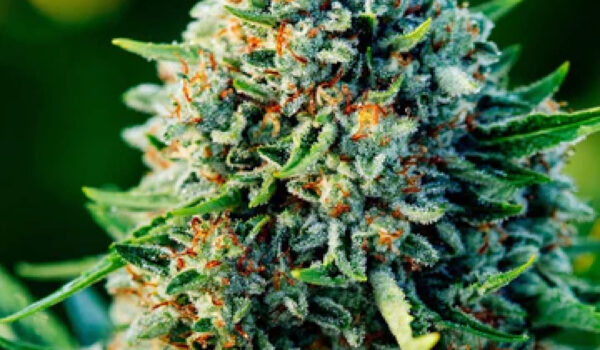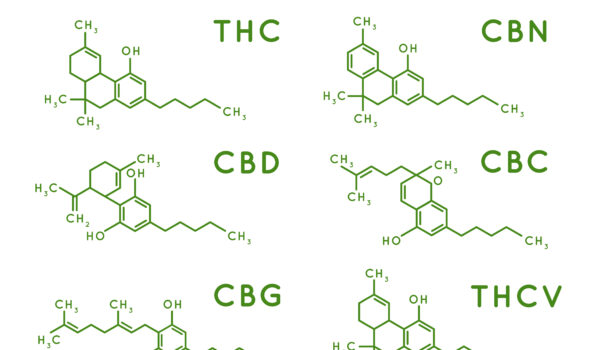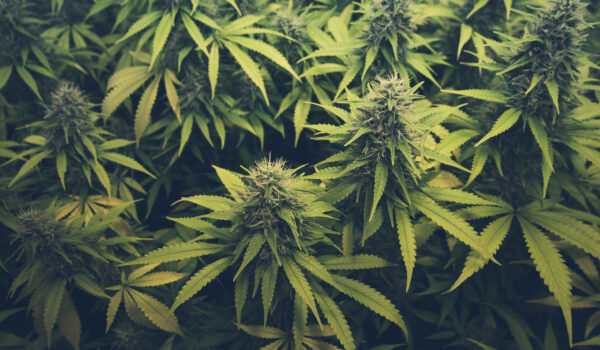By Alex Robles & Xochipilli
THC (tetrahydrocannabinol) and CBD (cannabidiol) are the two main active ingredients in the cannabis plant. Both are chemicals called cannabinoids that interact with the body’s endocannabinoid system, but they have different effects.
THC is the primary psychoactive compound in cannabis and is responsible for the plant’s mind-altering effects. When THC enters the body, it binds to cannabinoid receptors in the brain and produces a high by activating the brain’s reward system. THC is also known to have other effects, such as increased appetite, reduced pain, and altered perception of time.
CBD, on the other hand, is non-psychoactive and does not produce a high. Instead, it is thought to have several potential therapeutic effects, including reducing anxiety, inflammation, and pain. CBD is also known to interact with other neurotransmitter systems in the brain, such as the serotonin and GABA systems, which may contribute to its therapeutic effects.
While both THC and CBD are found in the cannabis plant, they are present in different amounts depending on the strain. Some strains, such as those used for medical marijuana, may be bred to have high levels of CBD and low levels of THC. Other strains, such as those used for recreational marijuana, may have high levels of THC and low levels of CBD.
In addition to their different effects on the body, THC and CBD are also metabolized differently. When THC is ingested and processed through the liver, it is converted into a chemical called 11-hydroxy-THC, which is more potent and can produce stronger effects. In contrast, CBD is metabolized by the liver into a chemical called 7-OH-CBD, which is thought to have weaker effects than CBD.
THC and CBD are the two main active ingredients in the cannabis plant, but they have different effects on the body and are metabolized differently. THC is the primary psychoactive compound in cannabis and is responsible for the plant’s mind-altering effects, while CBD is non-psychoactive and is thought to have potential therapeutic effects.









